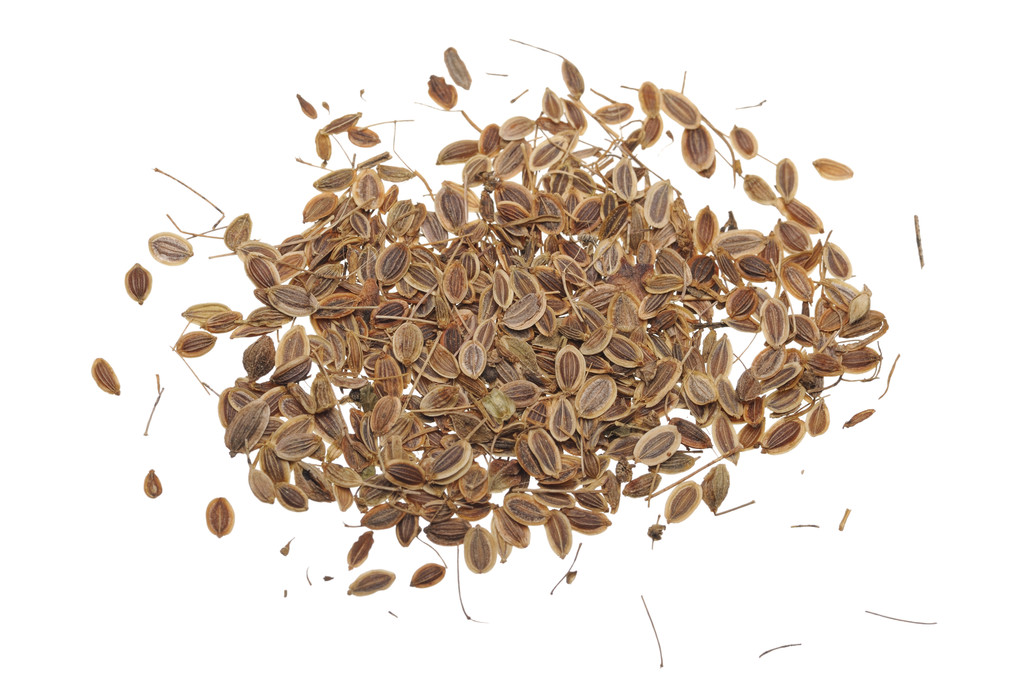Introduction: Exploring the World of Anise Flavors
In the vast realm of culinary delights, few spices evoke as much intrigue and confusion as star anise and anise seed. Despite their similar names and shared licorice-like flavor profiles, these two spices hail from distinct botanical origins and possess unique characteristics that set them apart. Join us on a flavorful journey as we delve into the spice wars between star anise and anise seed, unraveling the mysteries behind their distinct tastes, culinary uses, and health benefits.
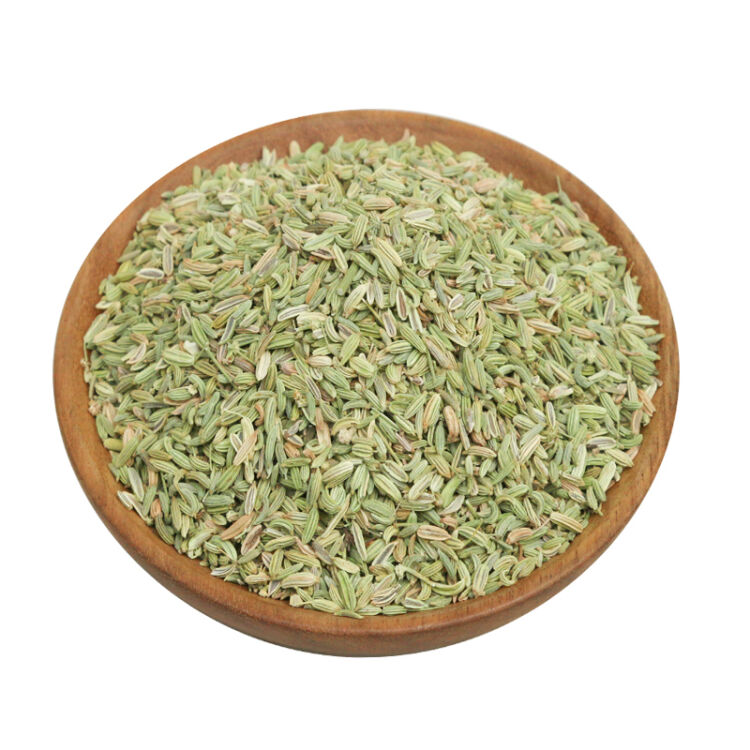
Star Anise: The Celestial Spice
Origins and Appearance: Star anise, scientifically known as Illicium verum, originates from the evergreen tree native to China and other parts of East Asia. Its distinctive star-shaped pods are harvested from the tree’s aromatic fruits, which contain small seeds nestled within each of the pod’s points. The pods boast a deep brown hue and emit a potent, sweet aroma reminiscent of licorice and warm spices.
Flavor Profile and Aroma: The flavor profile of star anise is characterized by its intense sweetness, underscored by subtle notes of licorice, clove, and warm spices like cinnamon and nutmeg. When used sparingly, star anise adds depth and complexity to both sweet and savory dishes, imparting a rich, exotic flavor that lingers on the palate.
Culinary Uses: Star anise is a staple ingredient in many Asian cuisines, particularly Chinese, Vietnamese, and Thai dishes. It features prominently in savory dishes such as braised meats, soups, and stir-fries, where its bold flavor enhances marinades, broths, and sauces. In Western cuisine, star anise often use to infuse desserts, including custards, poached fruits, and spiced cakes, lending a distinctive sweetness and aroma to sweet treats.
Health Benefits: Beyond its culinary applications, star anise is value for its potential health benefits. It contains compounds with antioxidant, anti-inflammatory, and antimicrobial properties, making it a popular ingredient in traditional medicine practices. Star anise tea, brewed from the spice’s dried pods, believe to aid digestion, alleviate coughs, and promote overall wellness when consumed in moderation.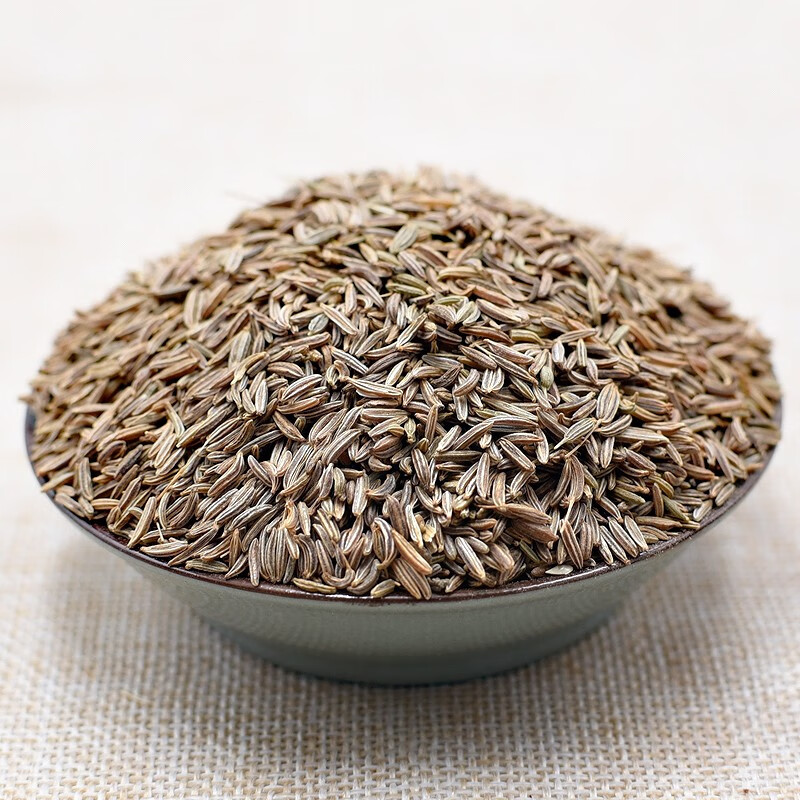
Anise Seed: The Versatile Spice
Origins and Appearance: Anise seed, botanically known as Pimpinella anisum, derive from the flowering plant native to the Eastern Mediterranean region and Southwest Asia. The seeds resemble small, curved crescents with a ridged surface and range in color from light brown to olive green. Unlike star anise, which grows in star-shaped pods, anise seeds are harvested directly from the plant’s umbels, or flowering clusters.
Flavor Profile and Aroma: Anise seed shares a similar licorice-like flavor with star anise but possesses a milder, sweeter taste with subtle hints of fennel and herbal notes. Its aroma is delicate yet distinctive, evoking the warm, comforting scent of licorice candy and herbal teas. When ground or crushed, anise seeds release their aromatic oils, intensifying their flavor and fragrance.
Culinary Uses: Anise seed is a versatile spice used in a variety of culinary applications around the world. It is a key ingredient in traditional Mediterranean and Middle Eastern cuisines, where it flavors bread, pastries, cookies, and confections such as Turkish delight and Italian biscotti. Anise seed also complements savory dishes such as stews, braised meats, and vegetable dishes, where its subtle sweetness enhances the overall flavor profile.
Health Benefits: In addition to its culinary appeal, anise seed is in esteem for its potential health-promoting properties. It contains compounds like anethole, which exhibit antioxidant, anti-inflammatory, and antimicrobial effects. Anise seed tea is often consuming as a digestive aid and natural remedy for bloating, indigestion, and gastrointestinal discomfort, offering soothing relief and promoting digestive wellness.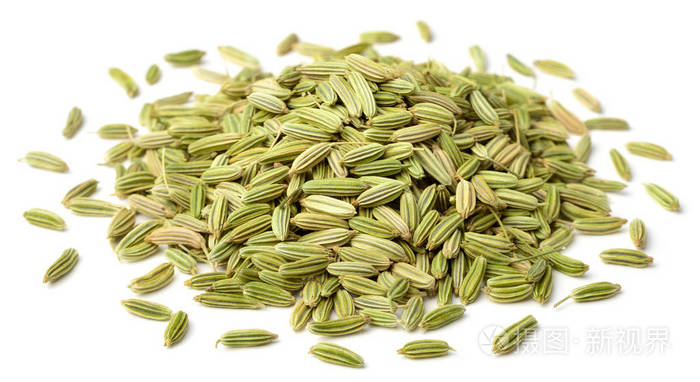
Recipe Inspiration: Incorporating Star Anise and Anise Seed
Now that we have explored the distinct flavors and culinary uses of star anise and anise seed, let’s dive into some recipe inspiration that showcases the versatility of these spices.
- Star Anise Infused Mulled Wine: Warm up your winter evenings with a comforting glass of mulled wine infused with the exotic flavors of star anise. Simmer red wine with star anise, cinnamon sticks, cloves, orange zest, and a touch of honey for a fragrant and delicious beverage that will delight your taste buds.
- Roasted Beet Salad with Anise Seed Dressing: Elevate your salad game by preparing a vibrant roasted beet salad with a tangy anise seed dressing. Toss roasted beets with arugula, goat cheese, and toasted walnuts, then drizzle with a dressing made from extra virgin olive oil, lemon juice, crushed anise seeds, Dijon mustard, and honey.

- Chinese Five-Spice Stir-Fry: Experience the magic of Chinese cuisine with a flavorful stir-fry featuring star anise as a key ingredient in the five-spice blend. Sauté your choice of protein, such as chicken or tofu, with an array of colorful vegetables and season with a combination of ground star anise, cinnamon, cloves, fennel seeds, and Sichuan peppercorns for a tantalizing taste experience.
- Anise Seed Biscotti: Indulge in the delightful crunch of homemade anise seed biscotti. These twice-baked Italian cookies are infuse with the delicate aroma of anise seed and are perfect for dipping into your favorite hot beverage. Enjoy them alongside a cup of coffee or tea for a satisfying treat.
- Fragrant Basmati Rice with Star Anise: Elevate your rice dishes by infusing fragrant basmati rice with the warm, sweet flavors of star anise. Add a couple of star anise pods to the cooking water along with a pinch of salt, and let the rice absorb the aromatic essence of the spice. Serve it as a side dish alongside your favorite curries or braised meats.
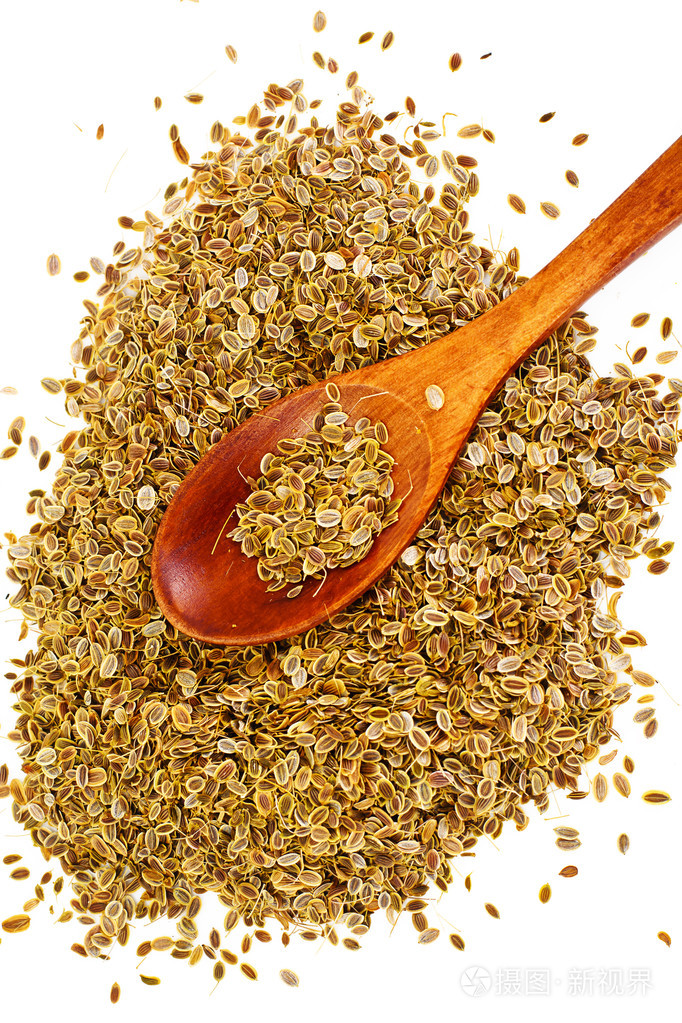
The Verdict: Star Anise vs Anise Seed
In the battle of star anise vs anise seed, both spices emerge as flavorful contenders with distinct personalities and culinary roles. While star anise captivates with its bold sweetness and exotic aroma, anise seed offers a milder, more versatile flavor suitable for a wide range of dishes. Whether used to add depth to savory creations or infuse sweetness into desserts, these two spices continue to captivate taste buds and inspire culinary creativity around the globe. So, whether you reach for the celestial allure of star anise or the versatile charm of anise seed, prepare to embark on a flavor-filled journey that tantalizes the senses and delights the palate.
